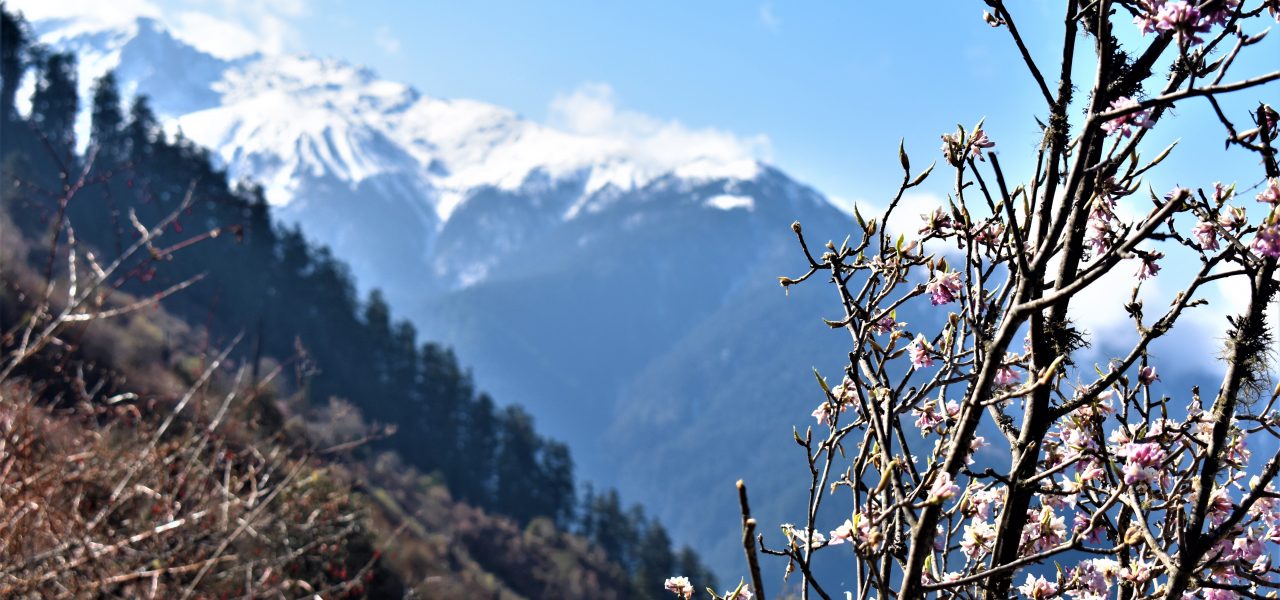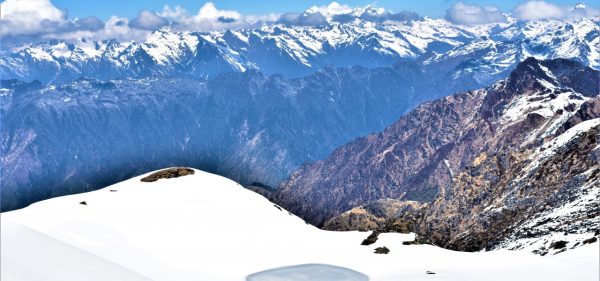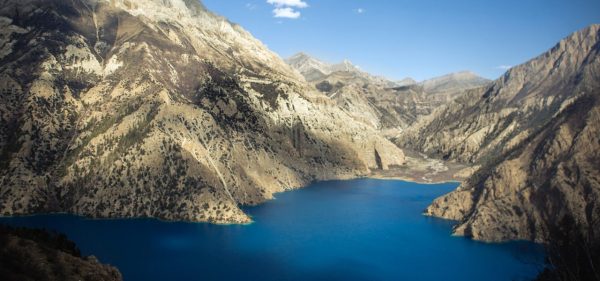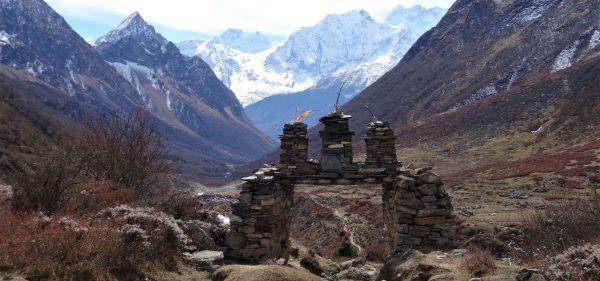Trip Facts
Trip Overview
Langtang Tilman Pass, part of the Great Himalaya Trail, offers a less crowded trekking experience near the Himalayan foothills. It blends nature, geography, and culture, with a challenging pass and encounters with different ethnic groups. Known as the “Valley of Glaciers,” Langtang features stunning frozen landscapes and peaks like Langtang Lirung and Dorje Lakpa. Despite its proximity to Kathmandu Valley, trekking in Langtang offers a remote and untamed wilderness experience.
Tilman Pass
Tilman’s Pass (5,320 meters) was named after a pioneer British adventurer and explorer H. W. Tilman (1898 – 1977) who explored the Himalaya in the mid-20th century. It is a part of the Great Himalaya Trail and is considered one of the most challenging treks.
Tilman pass trekking connects two different Himalayan regions, including the Langtang and Panch Pokhari (Five holy lakes). Panch Pokhari is the 9th highest wetland in the world. Nestled in the Upper Langtang region, it is one of high elevation trek including its border to the Tibetan plateau.
Likewise, this trek incorporates the wilderness trekking experience along with cultural exploration. The serene mountain pass is a vantage point. Here, trekkers will enjoy and witness the impressive Himalayan scenery of Langtang and Lirung, Langtang Himal, Naya Khanga, Yala Peak, Ganesh Himal, Langshisa, Gaurishanker, Dorjelakpa.
The region also offers the best view of Langsisha glacier, serene five holy lakes, and the remote Jugal Himal. It connects the Himalayas from Kanchenjunga in the East to Dhaulagiri in the West.
Difficulty and Fitness Level
Langtang Tilman Pass Trek is ideal for trekkers who have the ability to walk for 7–8 hours a day in remote mountain landscapes. Whereas, the route involves uphill and downhill tracks on a high elevation. The nature of the mountainous landscape is challenging and traversing the Tilman Pass (5,308 m) is hard. There will be a need for crampons, ice axes, and rope.
The trekkers must possess a good level of fitness with sound health. It would be an asset if trekkers have prior trekking experience. In addition, before embarking on this trip, we advise you to check your medical condition.
Nepal Sanctuary Treks furnishes an experienced and expert trekking guide who will support and guide you to make your Tilman Pass trip safe and successful.




 Altitude:
6143 m/20,154 ft.
Altitude:
6143 m/20,154 ft.
 Difficulty:
Strenuous
Difficulty:
Strenuous










